From the Sperry Garden: April 2014
If you are interested in ordering a copy of our brand new book, here is where you would do so.
Since last July, the Sperry garden has been more about growing a new book than anything else. Pretty much 12 hours a day, seven days a week, with a little time taken off for Christmas Eve and Christmas Day and a few family things along the way.
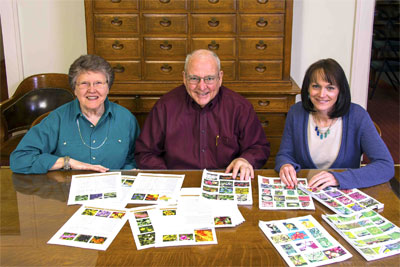
This is our “Team of Three.” On the left, very skilled editor Carolyn Skei, also the editor of GARDENS Magazine and of this newsletter as well. On the right, graphic designer Cyndy Smith. Cyndy has designed my final eight Texas Gardening Calendars. Her work is amazing.
For nine months, I would type, Carolyn would edit, I would prepare 60 to 100 photos per chapter, and Cyndy would lay out the chapter, photos in place. Then we’d all critique our work, make changes and move on to the next chapter.
My good friend Collin Flood was the sales rep who printed my final 10 garden calendars. I decided a year ago to meld the information in the garden calendar into this new book, and I asked Collin (now retired) to act as my printing consultant. He was a huge help in this process, and he determined that we should print at Clear Visions Inc. in San Antonio. So we move there now with our photos.
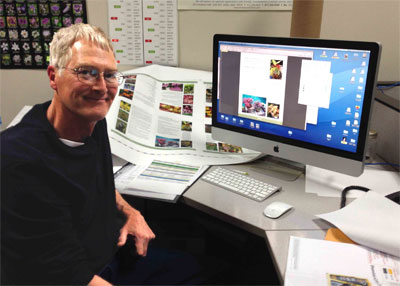
In the pre-press department at Clear Visions, Robin Fodness received Cyndy’s design files and converted them into a press-ready format. He worked with each one of the 344 pages. The book turned out 100 pages longer than I had expected. With 840 of my photographs. That was probably 300 to 400 more than I might have expected before we began.
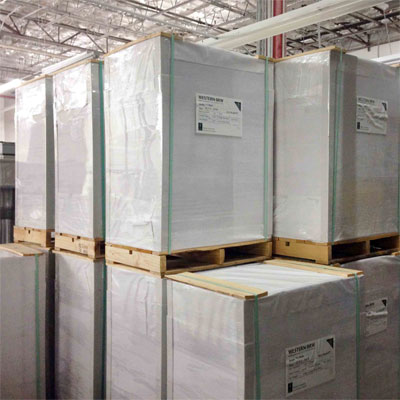
These are the skids of paper that were brought in to print the book. Seventy of them — 89,000 pounds. That’s pretty humbling. Each of these sheets will represent 16 pages of the book. Each of these 16-page sections is called a “signature.”
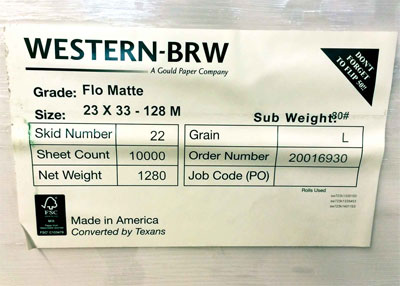
My rule was that this book had to be printed in Texas, and much to my great surprise and pleasure, the paper that was ordered was also from Texas! And even better, it is from an FSC “managed forest” (Forestry Stewardship Council). My new good friend Lynn Scruggs at CV buys paper for them, and she was really looking out for me on this one!
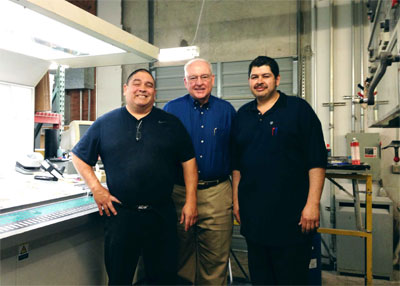
These were my lead pressmen. I hope you’ll forgive me, but I’ve told them they are my heroes, because they oversaw each of the 700,000 sheets of paper than ran through their press. On the left, daytime pressman Andy Villareal and on the right, night pressman Ramon Gutierrez. More than 55 years of printing between them. They worked 14 straight days and nights, 12 hours each per day – 84 hours per week! They are fabulous, and they made this book happen!
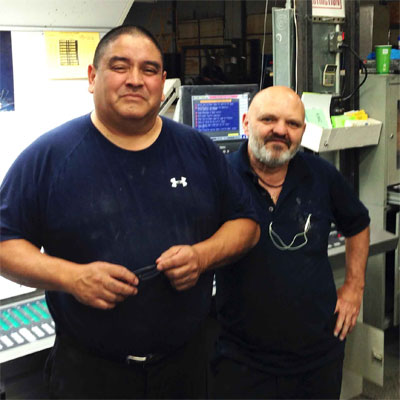
And, in this photo, pressman of the other six-color press, Frank Rohrig (on the right), steps in to help. Andy’s press broke down on the very last page of the print job, and Frank stepped in without blinking.
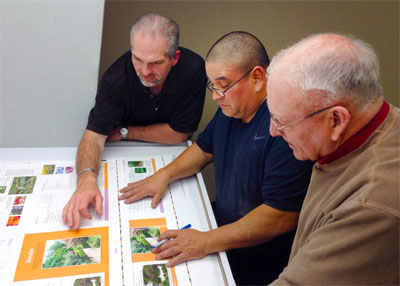
During each of the 44 press checks (every five to six hours, 24/7 for 14 days) at the light table, sales rep Brad Dietrich, pressman Andy (or Ramon) and I (or Collin) looked for slight changes that needed to be made in color renderings. Notice the color bars on the paper (beneath Andy’s left hand). The paper pulls through the presses starting at that edge. Those bars are Andy’s key to color densities.
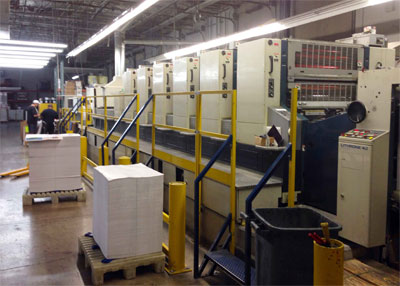
A six-color press is huge. Each unit introduces one color –10,000 sheets per hour at maximum speed. Just the fact that the grabbers can pull paper through at that speed is more than my mind can handle. The final unit (or on some sheets, two units) contains a Pantone ink color. That’s a solid color that we used for borders, headings, etc., to give each chapter its own hallmark color. An aqueous coating is applied near the end of the run through the press to give the paper (which had been matte) a glossy finish, then the paper speeds past the 400-degree drying lamps. A very, very fine dusting of cornstarch is blown in between sheets to keep them from sticking.
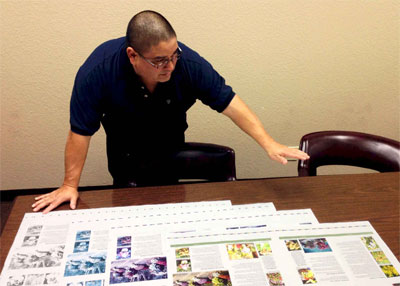
Andy shows how a six-color sheet evolves. Black ink is applied in the first unit. Then cyan ink in the second unit. Then magenta, and finally yellow. The Pantone color(s) come in the final unit or two. That is the solid color border you see surrounding the larger photos in the book.
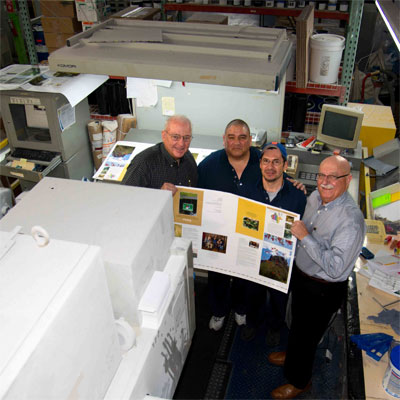
This is the first page off the press. You see Andy and me with his assistant, Jesus Aguilar, and Collin Flood, my printing consultant.
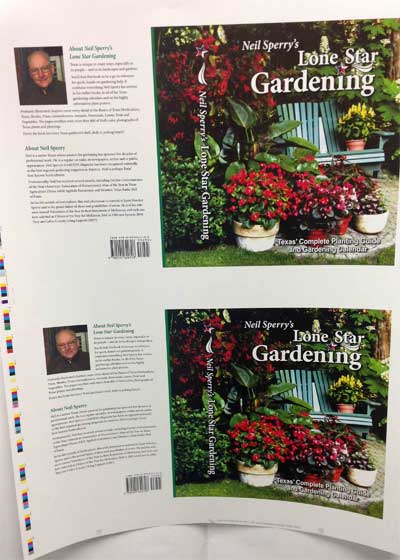
This is the cover, printed on a different press. It had to be done very early in the printing process, so that it could be prepared for the bindery.
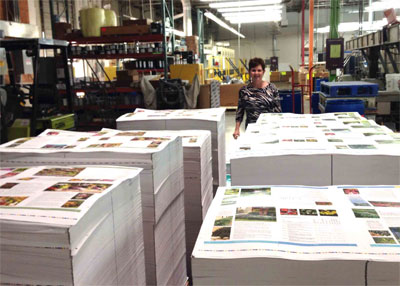
These stacks (my wife Lynn in the background) represent two signatures of the book. At one point, these skids were parked all through the plant.

All 700,000 sheets of paper go through the folders, where the 16-page signature is folded into the rough page size. Edges are still rough. Only the color bar has been trimmed off at this point. Folder operator is Robert Mesquiti.
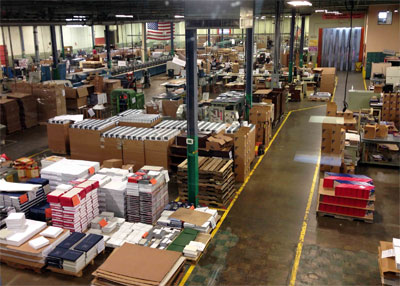
This then concludes the printing and folding work done by Clear Visions. The folded signatures are put back on skids and trucked toward downtown San Antonio to Universal Book Bindery. This is an amazing place that has been turning out books for more than 85 years. My book is starting its way through this complex set of machinery. It’s over on the left. Squint and you can almost see it!

This is the first stage of binding the book. The green “end papers” are glued in place against the cover. Cardboard pieces are inserted between the end papers and the cover to give the cover rigidity. This, I believe, is termed “tipping on.”

The signatures of the book are “gathered.” Appropriately, this is called the gathering line.

The signatures are collected into what are called “book blocks.”
We chose to use Smyth sewing to assemble these books. It is a very old process that provides great strength to the finished book.
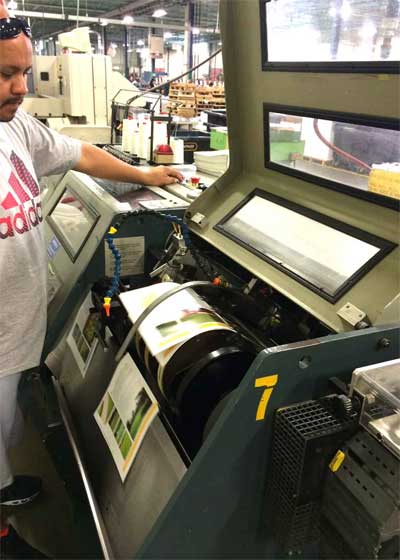
Each signature drops on a conveyor on its way to the sewing needles.
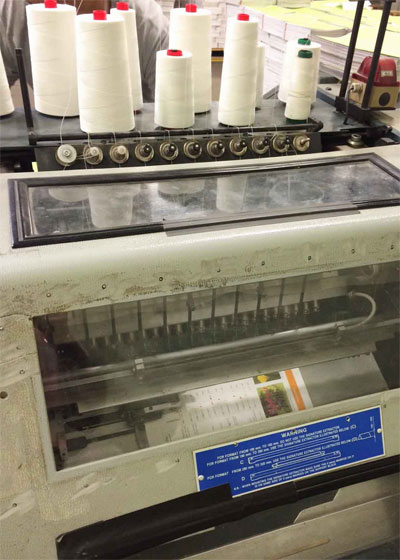
These are the Smyth sewing machines. Fine cotton thread is used for the sewing. Behind the glass you will see each signature being sewn to the next.
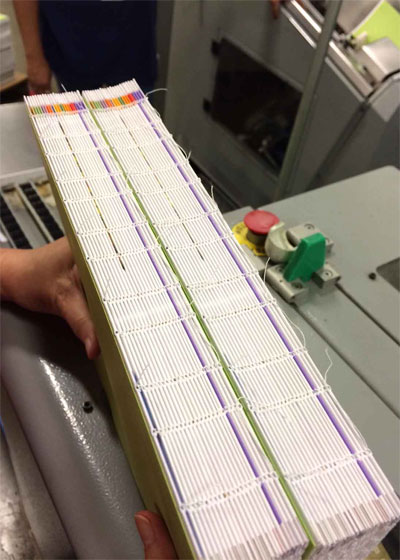
Finished sewn blocks come out of the machines. Spines of two sewn book blocks are visible. These blocks are ready to be trimmed and glued into the covers, gauze tape in place for added strength. That process will happen within the next several days.

And this is what the finished product will look like. (This is a sample only, prepared for the photo op. The actual books are still in process as I type.)
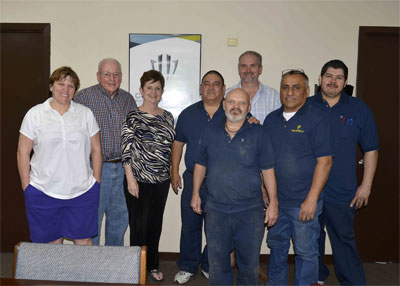
This is the Clear Visions team, my wife and me as we celebrate the printing of the final signature of the book – 44 press checks over 14 days and 14 nights! 44 phone calls. 44 trips from hotel to press side and back to hotel. Every six hours. A schedule quite like a hamster’s, with a few hours of sleep mixed in here and there for us all.
From the concept phase back last summer until the books will be boxed and put into the mail system sometime next week, this has been a career-highlight process for me. God has put fabulous people in my path all along the journey, and I will forever be grateful. It’s really pretty amazing to see all that is involved in producing a book, then to realize how many millions of times this process has been followed.
My most sincere thanks to all who have been involved, whether I’ve gotten your name mentioned above or not. We’re a great team, and I couldn’t be more proud to stand alongside you.
We hope you enjoy what we’ve worked so hard to produce!
Finally, to anyone seeking a fine printing company for any type of commercial job, my most sincere recommendation goes to Clear Visions, Inc. (www.clearvisionsinc.com) in San Antonio. And if you need a great sales rep, I can tell you that Brad Dietrich served our every need well, and I’m sure he would do the same for you.

